Should Women Take Off a Wonter Dress Hat
Winter weather advisory: The very clothes meant to protect you may be making you ill. That may come as a surprise. During this time of year, who doesn't wear the same gloves, hats, and scarves every day, never thinking about what may be lurks within? Here are Eat This, Not That! Health's ten ways your winter gear is making you sick, according to health experts.
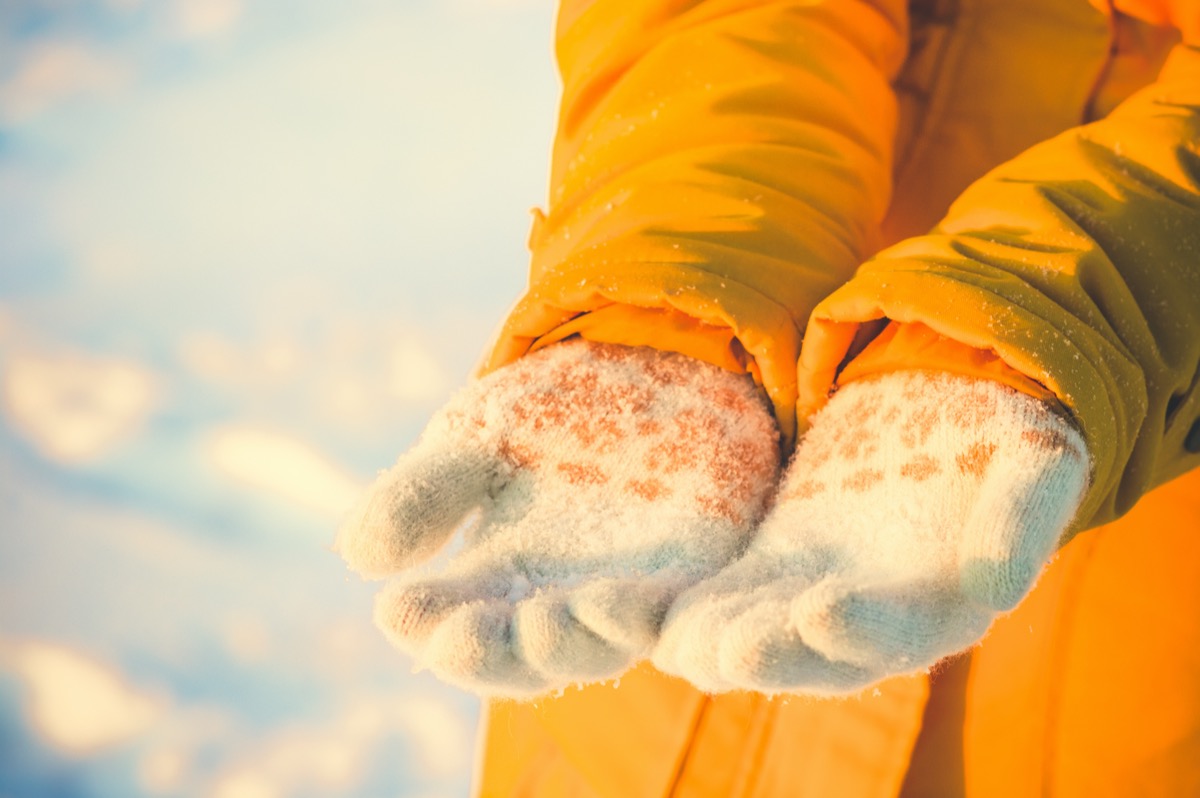
"Due to touching, gloves have a large number of bacteria," says Marina Yuabova, DNP, FNP . "Yes, indeed, we touch surfaces with our gloved hands, but everyone touches their faces thousands of times a day. So every time your infected gloves and/or your dirty hands touch your face, there will be a high risk of infection to winter colds and flu germs." To prevent spreading infection, Allen Conrad, BS, DC, CSCS, Montgomery County Chiropractic Center in North Wales, PA, suggests rewashing gloves every two weeks. Additionally, Dr. Yuabova suggests ungloving your hands when touching objects that are often touched by others. "This includes using touching buttons on the ATM or elevators," she explains. Also, never use your teeth when taking your gloves off! You might as well lick a doorknob.

One of the biggest winter myths is that being too cold can make you sick—when, in fact, overheating could also be a culprit. "The new research is showing cold is better for the immune system than being too hot," explains Dean Mitchell, MD . Therefore, super heavy overcoats may be worse, at times, than lighter sweatshirts and jackets when heading outdoors in cold weather. "The cold stimulates the immune system to get into high gear!" he adds. Wearing too many layers can also lead to sweating, which can lead to dehydration, and may also cause a lack of mobility. Wear what you need to stay warm, but don't overdo it.
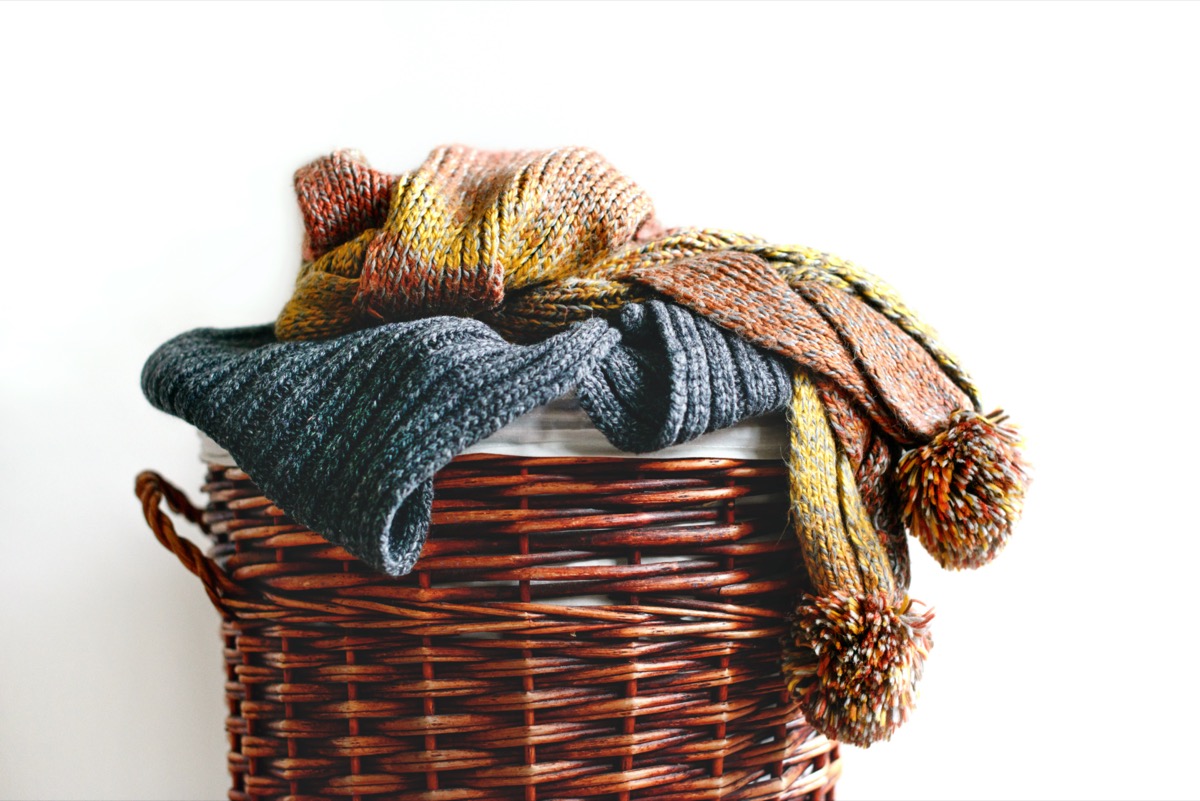
Many of us avoid washing our scarves. After all, so many of them are made out of material such as wool and cashmere. Also, they only touch our neck, so how germy could they be? According to the Association for Professionals in Infection Control and Epidemiology , in addition to gloves, scarves are the germiest winter gear. "By coughing and sneezing into our scarves and touching common surfaces as door handles with our gloves, we are potentially transferring bacteria and viruses," explains Ryan Steele, DO , a Yale Medicine allergist. Additionally, sometimes, they cross your face or are placed directly beneath the chin. If the fabric allows, wash your scarves weekly with hot water or detergent.
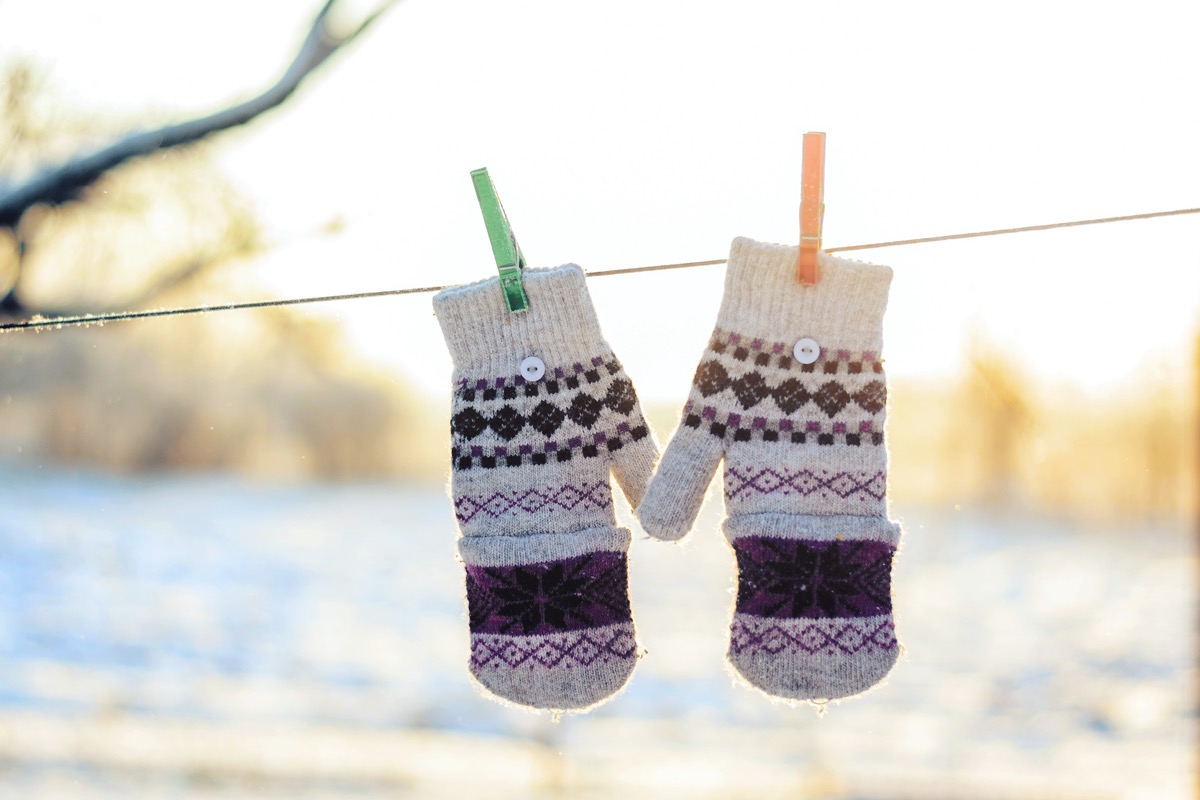
Be sure to wash your gear anytime they become soiled and do not let them remain wet, which increases the risk of mold, Nasia Safdar, medical director of the Infection Control Department at the University of Wisconsin-Madison, told AARP . For example, if your gloves are wet from touching the snow, don't shove them in your pocket and forget about them. That warm, moist environment could be the perfect place to breed mold!

Hats protect our ears and keep our heads warm during cold days. But choose the material of your winter hats carefully, warns Dr. Yuabova. "Choose hats made from natural fibers such as wool, cotton, or bamboo," she suggests. This is because hats touch our hair and skin, and can accumulate dead skin cells and oils from our hair. These materials tend to breathe and wash better than synthetics—which is important because she maintains you should wash your hat at least every four weeks.
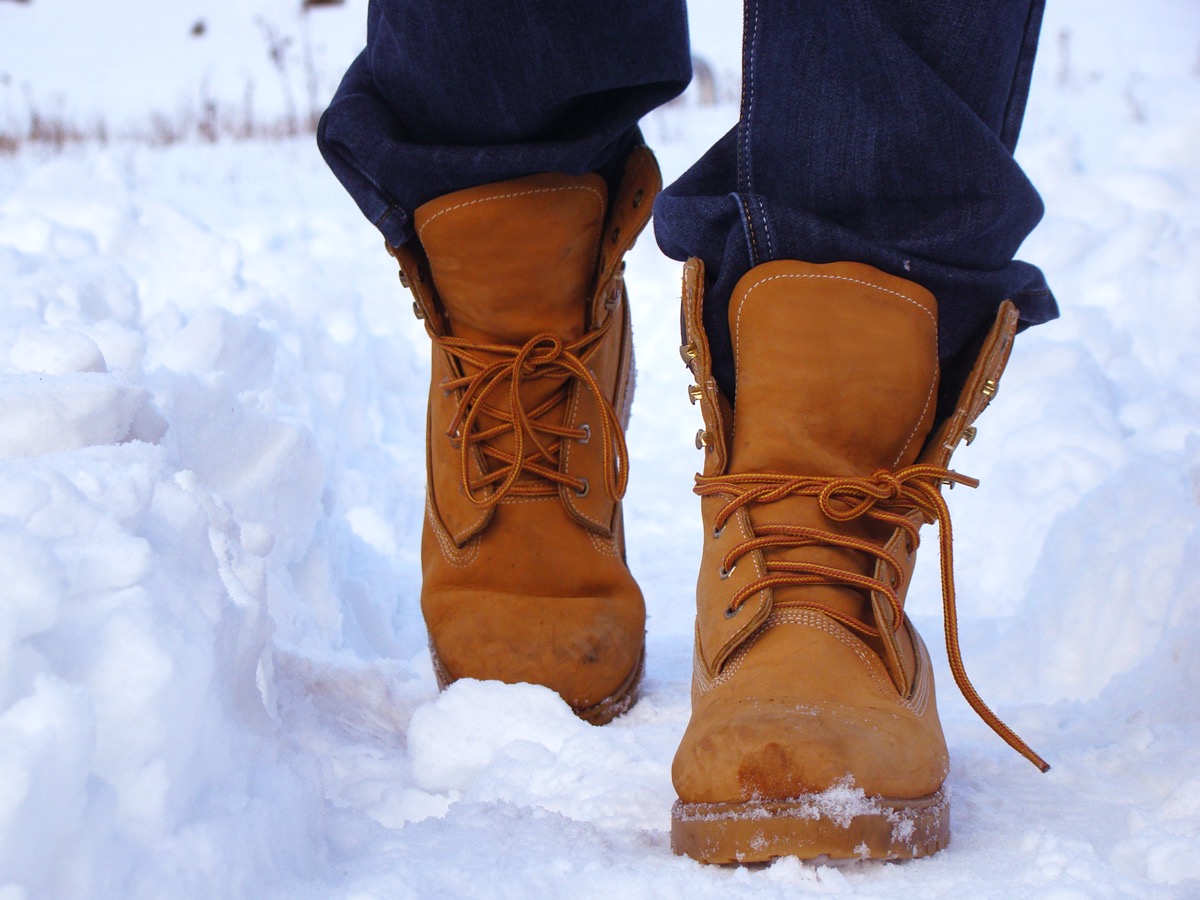
Warm winter boots are a must. However, many people wear the wrong size, which can negatively impact your feet—resulting in blisters, bunions, and possibly arthritis. "To ensure our feet are warm, choose your boots very carefully—sizing is very important," says Dr. Yuabova. "You have to make sure you have enough space to wiggle your toes while wearing warm socks."

Just like hats, the fabric selection of your socks shouldn't be an afterthought. Dr. Yuabova suggests sticking to natural fibers so that your feet won't sweat and breed bacteria.
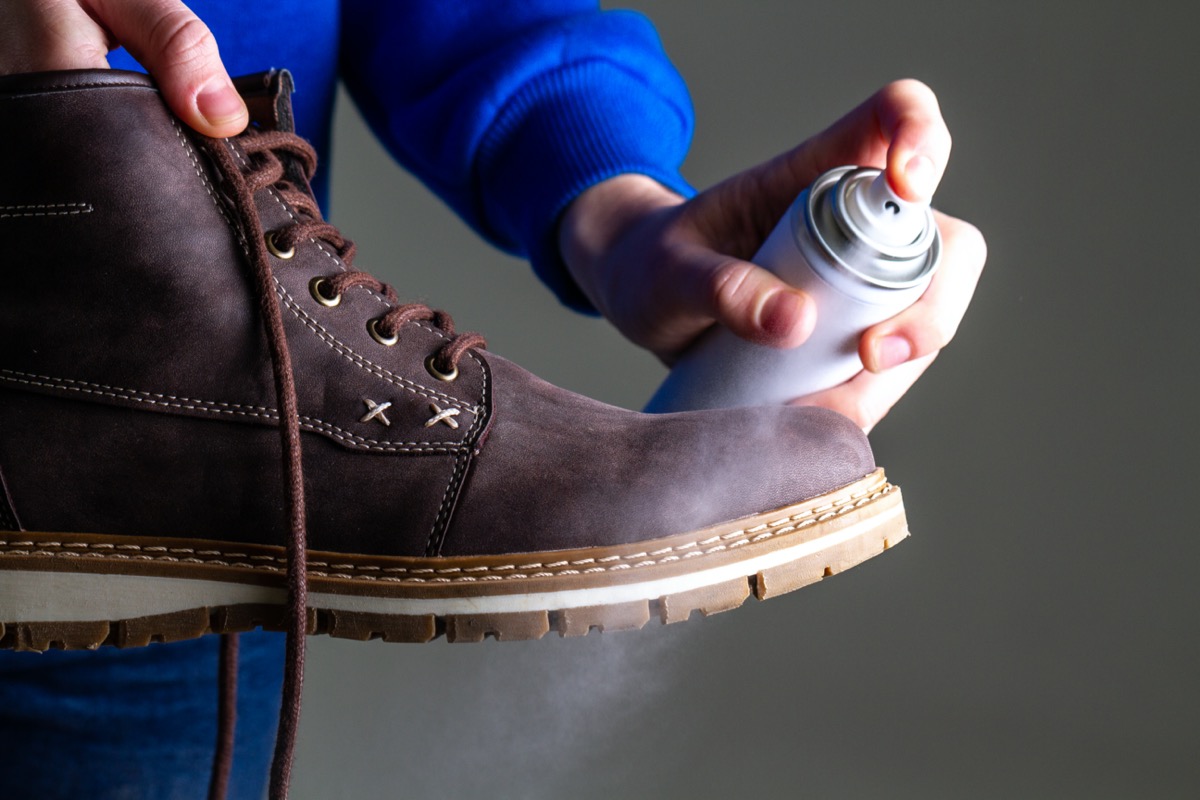
One of the main things you want to avoid when it comes to your feet is getting them wet, as that encourages the growth of bacteria, explains Dr. Yuabova. Spraying your footwear with a protective barrier at the beginning of the season will help protect this from happening. "Spray boots with waterproofing spray," she says. In the case that fluid does get inside of the boots, meticulous drying is important to prevent the growth of the fungal spores inside of the boot.
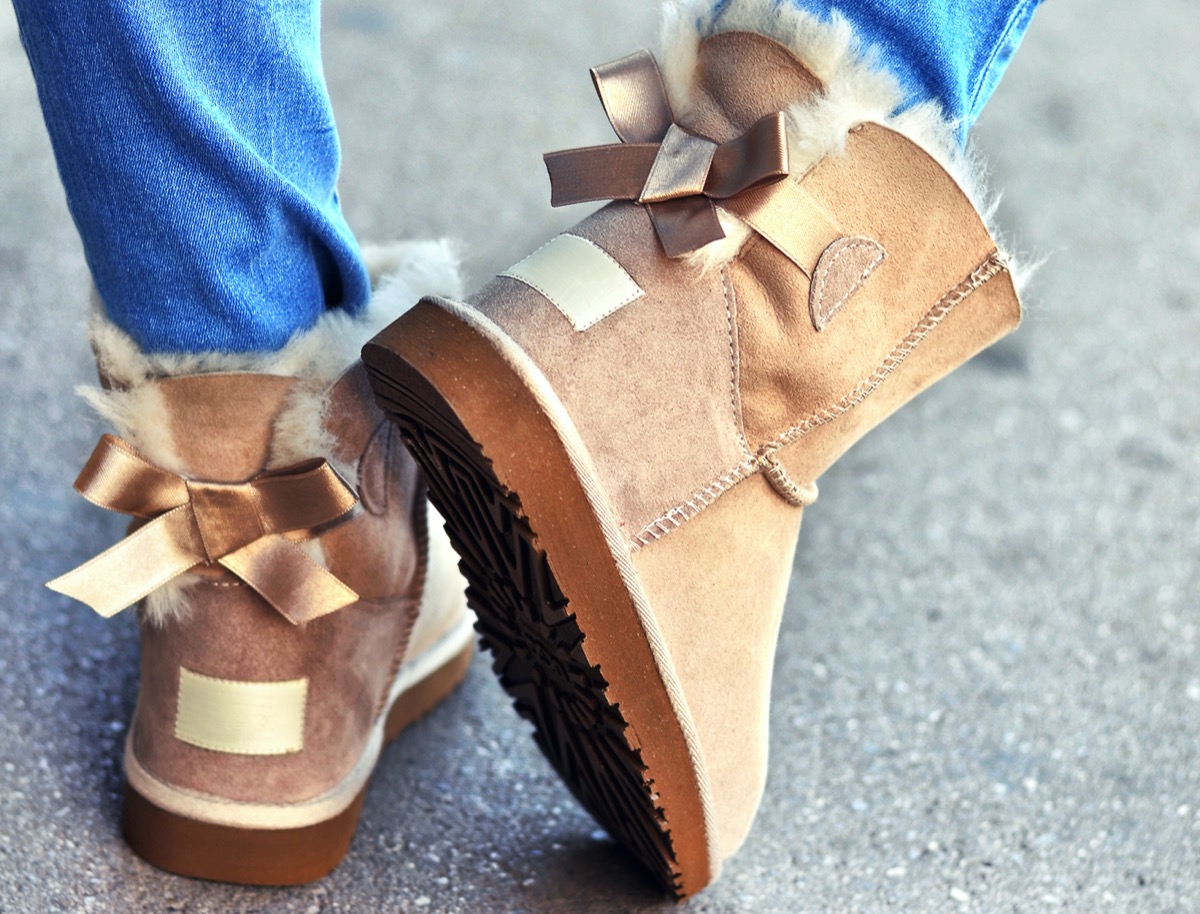
It can be tempting to stick your feet directly into your fuzzy or furry winter boots, because that's what they are meant for, right? However, think about what happens when your feet start sweating in them, leaving the material soaked. Hello, foot fungus! If you want to keep your feet happy in the long term, and your boots from stinking, find a pair of comfy socks to wear with them.
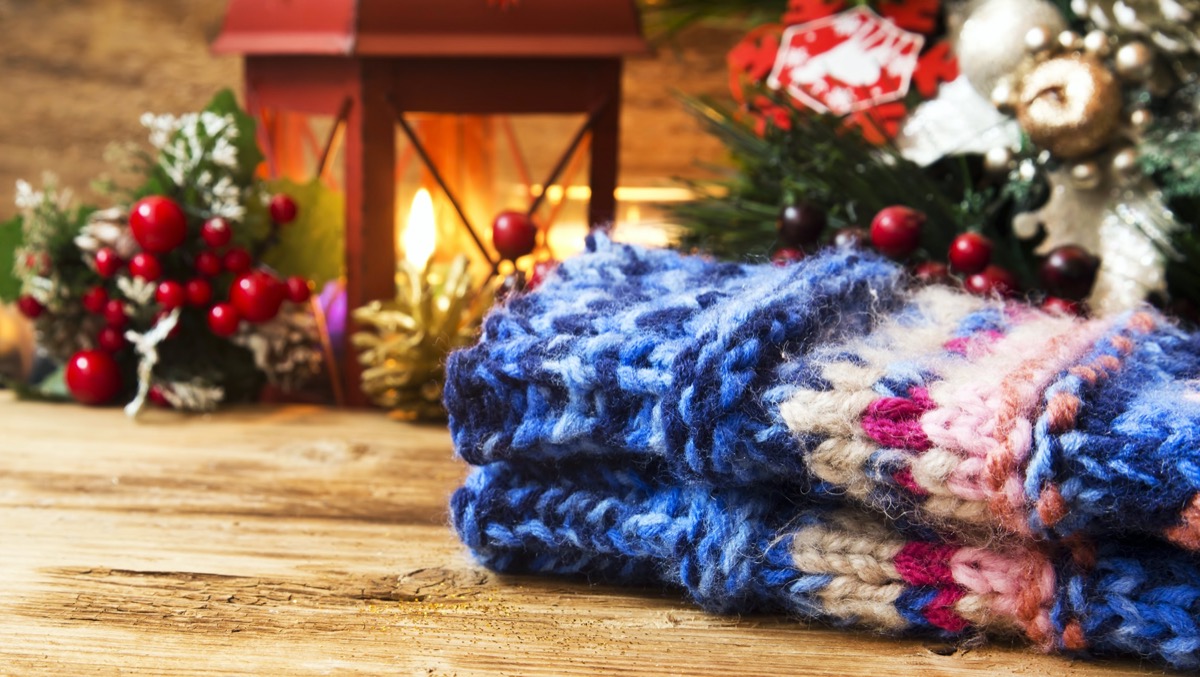
You know those handwarmer inserts that make super cold weather much more tolerable? They are surprisingly hotbeds for bacteria. "Handwarmers contain bacteria after they have been reused," states Conrad . Not only should you avoid reusing them, but also make sure you don't rewear your gloves. "They need to be washed after each usage to avoid spreading germs," he instructs. And to live your happiest and healthiest life, don't miss these 70 Things You Should Never Do For Your Health.
Source: https://www.eatthis.com/winter-clothes-sick/